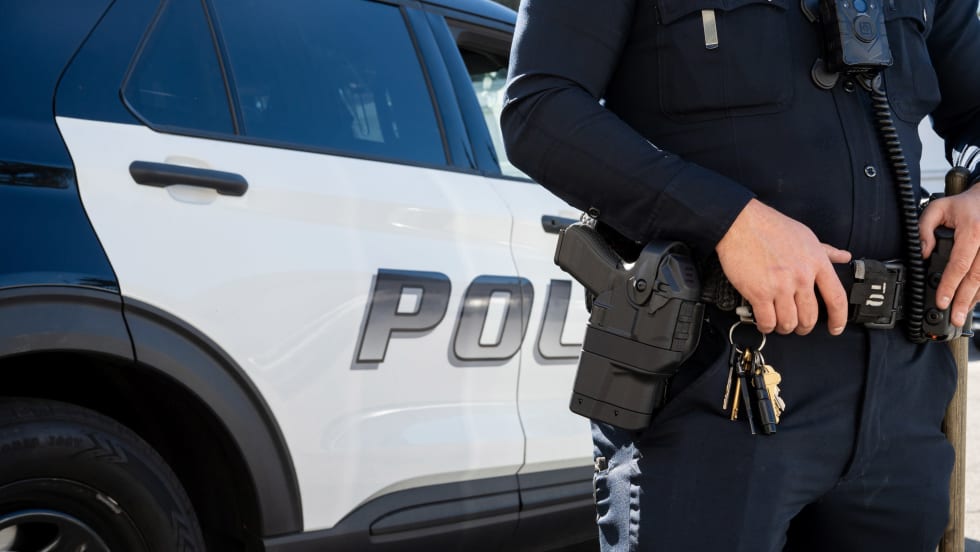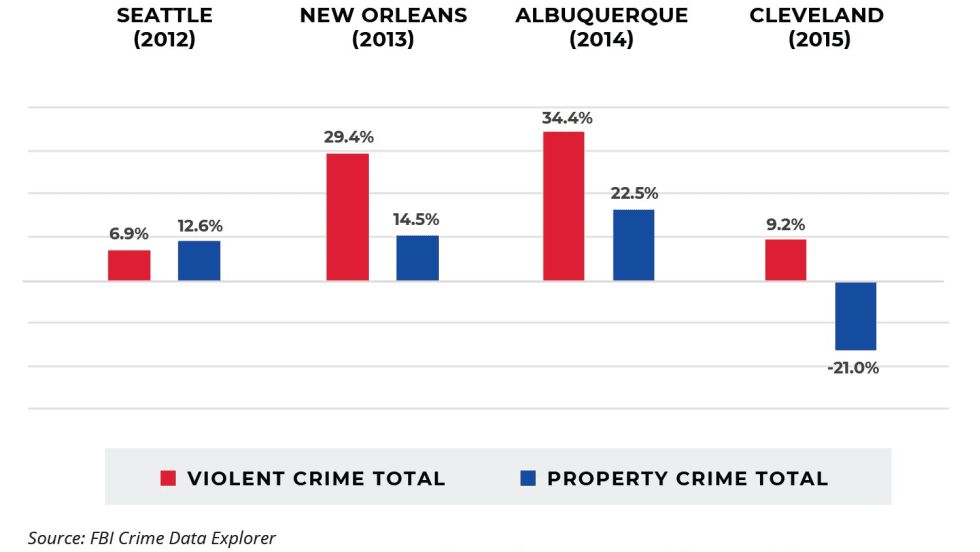POLICE asked this question in our survey. About 50% of respondents support training and arming teachers and other staff, 24% oppose it, and 26% say only staff with previous military or law enforcement training should be considered for such a program.
Arming teachers was also a popular answer to our open-ended question of how to prevent school shootings. Another popular idea was allowing armed civilian volunteers, particularly retired law enforcement and military, to patrol schools.
People who advocate arming school staff to stop school shootings generally envision giving them the right to carry handguns on campus following training. But some respondents wanted to give school employees more firepower, including rifles and pistol caliber carbines that are locked in biometric safes in the classrooms.
Currently, in some jurisdictions, even sworn school resource officers do not have easy access to long guns in the event of a school shooting. Two SROs responded to the survey and said their rifles have to be locked in their patrol vehicles in the parking lots of the schools they serve. "I can't imagine running away to my car to get my rifle should a shooter enter my building," one SRO wrote. "My school has three 100-yard hallways where I will be taking shots with my pistol, if necessary. Put gun safes in SRO offices where rifles can be accessible," the SRO recommends.
However, the SRO disagrees with the concept of arming teachers. "Just can't imagine doing that in some of our high schools. What happens if a couple of teens jump a teacher to get the gun?" Another respondent said arming teachers is not a good idea and that fighting the shooter should be left to officers. However, the respondent believes it would save lives if staff at schools were to receive first-aid training and be issued tourniquets.










